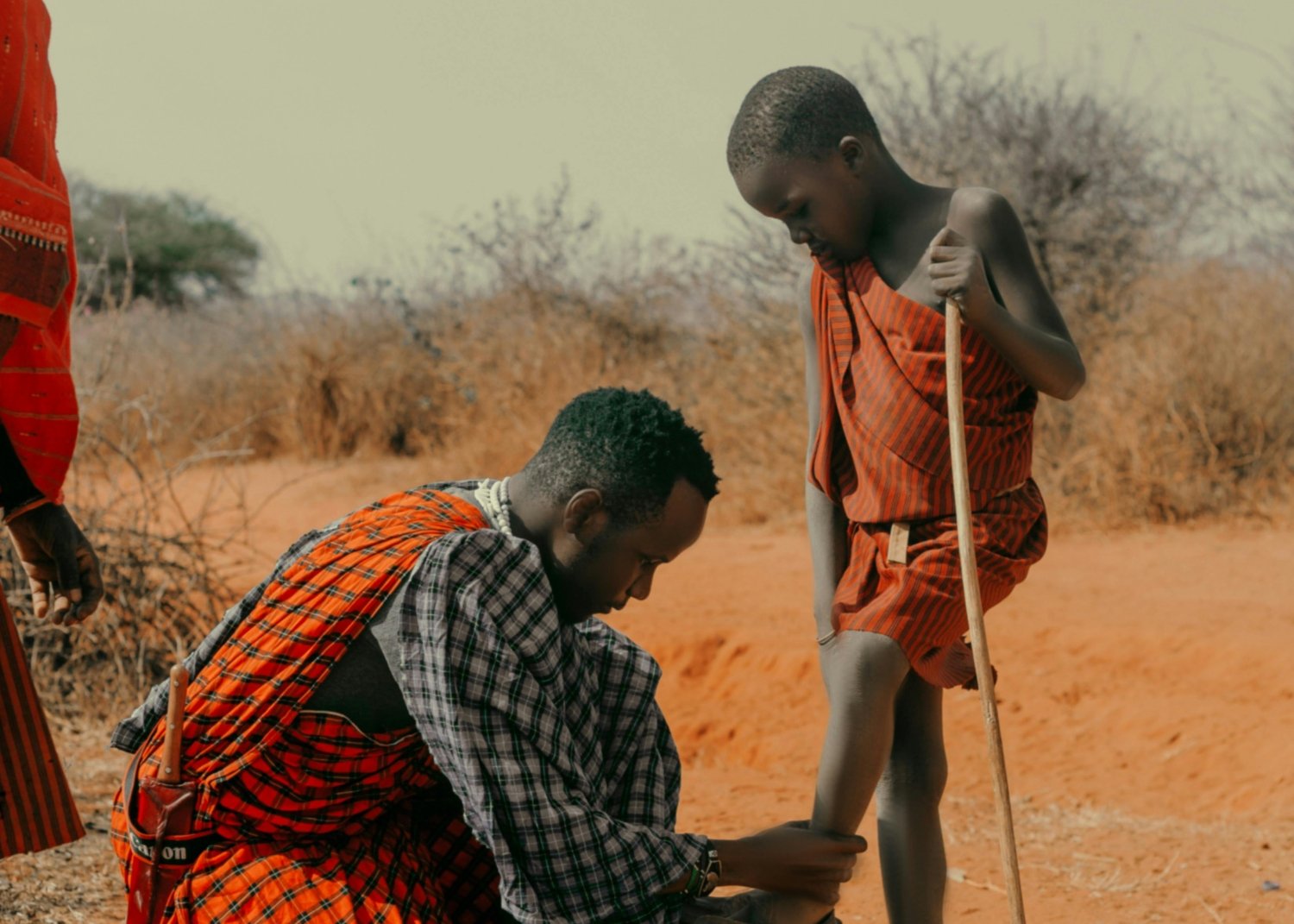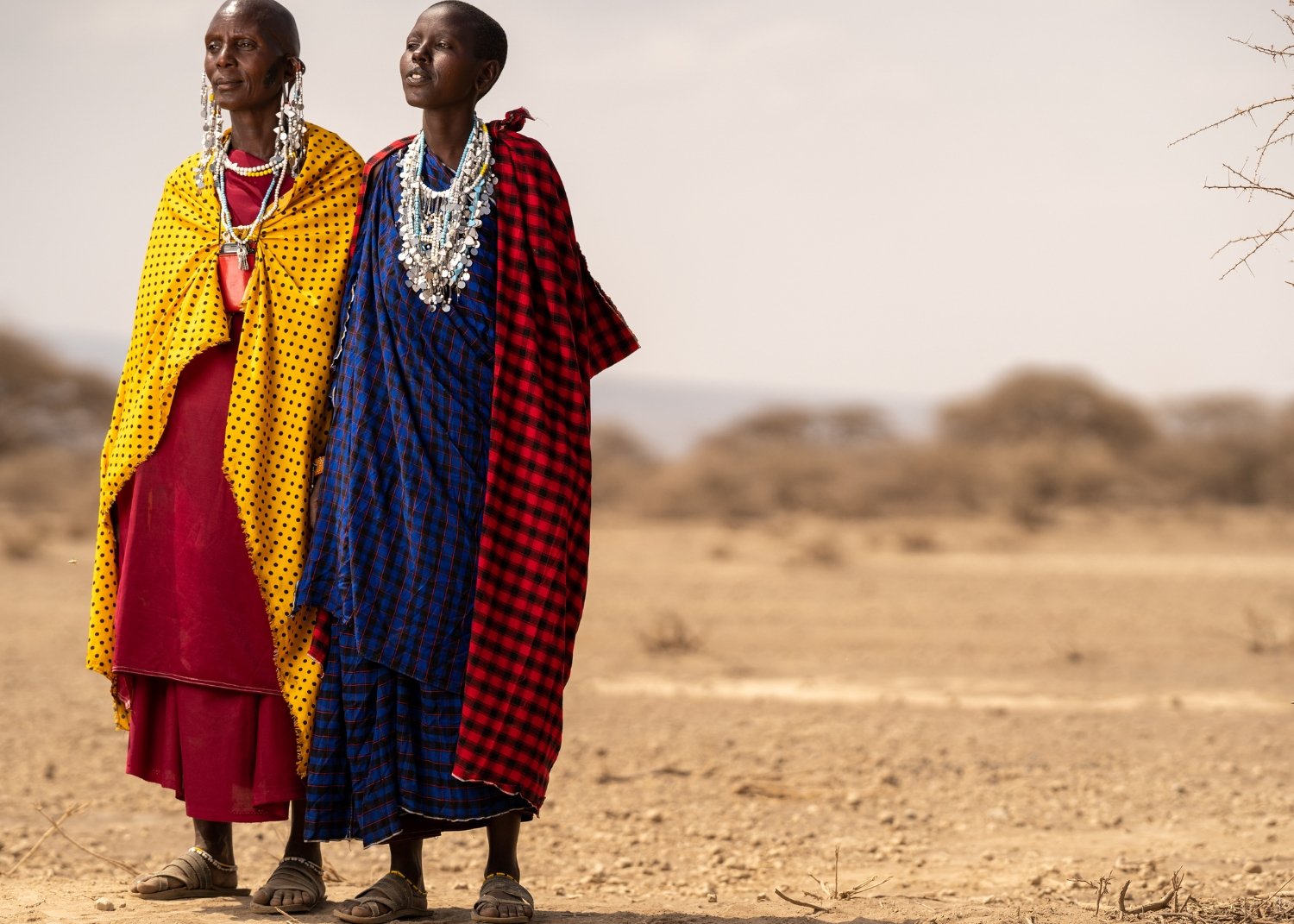When most travellers think of Kenya, they picture wide savannahs and majestic wildlife — and rightly so. But behind those iconic safari images lies a deeply layered, rich, and diverse cultural heritage that few visitors take the time to explore. With more than 40 recognized ethnic groups, Kenya is one of Africa’s most ethnically diverse countries. Each group — from the colourful Maasai of the Rift Valley to the Swahili coastal communities — has its own traditions, languages, and belief systems that reflect centuries of history, migration, and storytelling.
Take the Maasai, for instance, famous for their distinctive red shukas, beaded jew
elry, and warrior dances. But beyond the visuals is a complex and respectful relationship with the land and animals, which you can witness firsthand by visiting a Maasai village. Then there’s the Kikuyu, Kenya’s largest ethnic group, known for their strong agricultural traditions, or the Luhya, whose music and dance festivals are an explosion of drums, colour, and community.

Along the Indian Ocean coast, the Swahili culture blends African, Arab, and Persian influences, especially visible in Lamu — Kenya’s oldest living town and a UNESCO World Heritage Site. Wandering its narrow stone streets, you’ll find intricately carved doors, the scent of cardamom and cloves in the air, and dhows bobbing in the harbour as they have for centuries.
For travellers with a deeper curiosity, Kenya offers rich opportunities to engage — from visiting artisan cooperatives to learning local dances, trying indigenous foods, or participating in cultural storytelling nights around the fire. Culture in Kenya is not just something you observe — it’s something you share in. And when you do, your journey becomes far more than just a holiday — it becomes a bridge between worlds.



Comment (0)